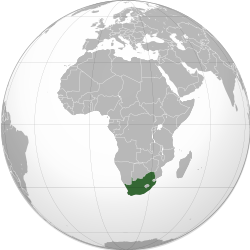De Waterkant | |
|---|---|
Clockwise from top: Street in De Waterkant, Cape Quarter Mall, An old house in De Waterkant, Bo-Kaap seen from De Waterkant, Old traditional homes of De Waterkant. | |
 Street map of De Waterkant | |
| Coordinates: 33°54′55″S18°25′08″E / 33.91528°S 18.41889°E | |
| Country | South Africa |
| Province | Western Cape |
| Municipality | City of Cape Town |
| Area | |
• Total | 0.30 km2 (0.12 sq mi) |
| Population (2011) [1] | |
• Total | 361 |
| • Density | 1,200/km2 (3,100/sq mi) |
| Racial makeup (2011) | |
| • Black African | 11.6% |
| • Coloured | 5.0% |
| • Indian/Asian | 5.5% |
| • White | 75.3% |
| • Other | 2.5% |
| First languages (2011) | |
| • English | 69.8% |
| • Afrikaans | 17.2% |
| • Sotho | 1.4% |
| • Other | 11.6% |
| Time zone | UTC+2 (SAST) |
| Postal code (street) | 8001 |
De Waterkant is a historic suburb in Cape Town, South Africa, and is well-known for being Cape Town's gay village. [2] [3] [4]
Contents
The neighborhood is located in the City Bowl region of Cape Town, adjacent to the central business district (CBD), on the southeastern end of Somerset Road. To the south, it is neighbored by the historically Cape Malay neighborhood of Bo-Kaap.
It contains many vibrantly-colored buildings, lining its sometimes still cobbled streets. creating a very distinct and enjoyable atmosphere. [4]
De Waterkant is popular among young professionals and tourists, and contains numerous niche restaurants and retailers. The area is also home to the Cape Quarter shopping mall [5] and tertiary education institution Vega's Cape Town campus. [6]







